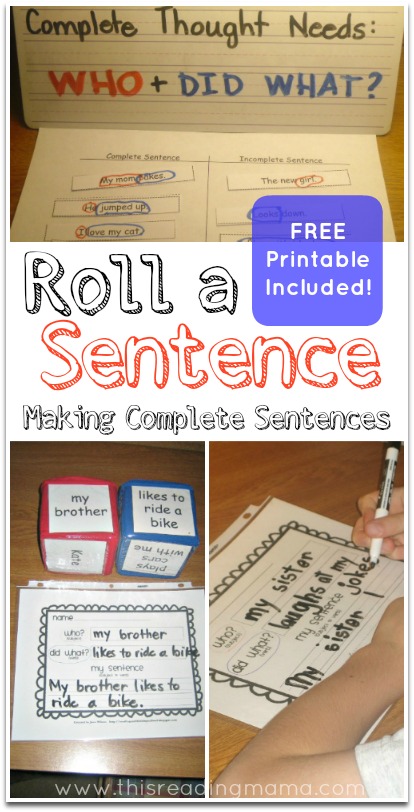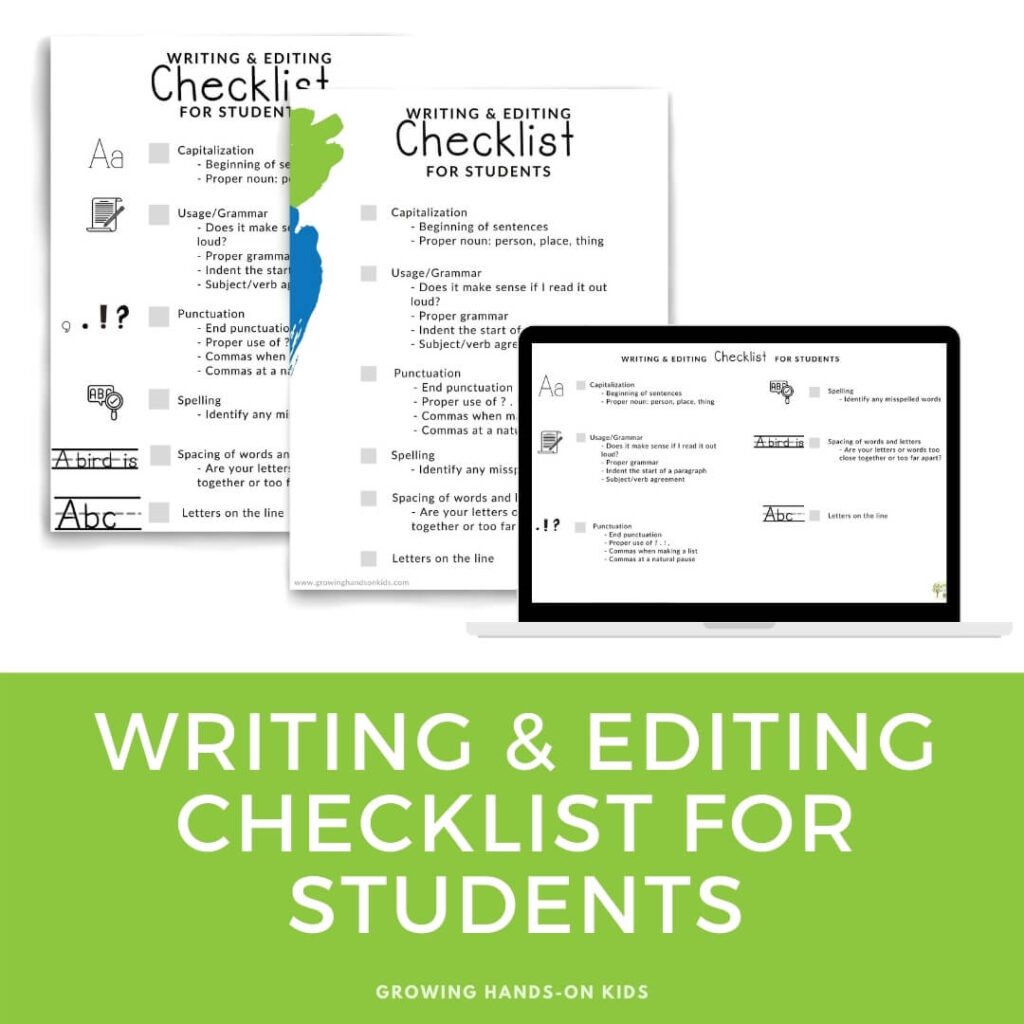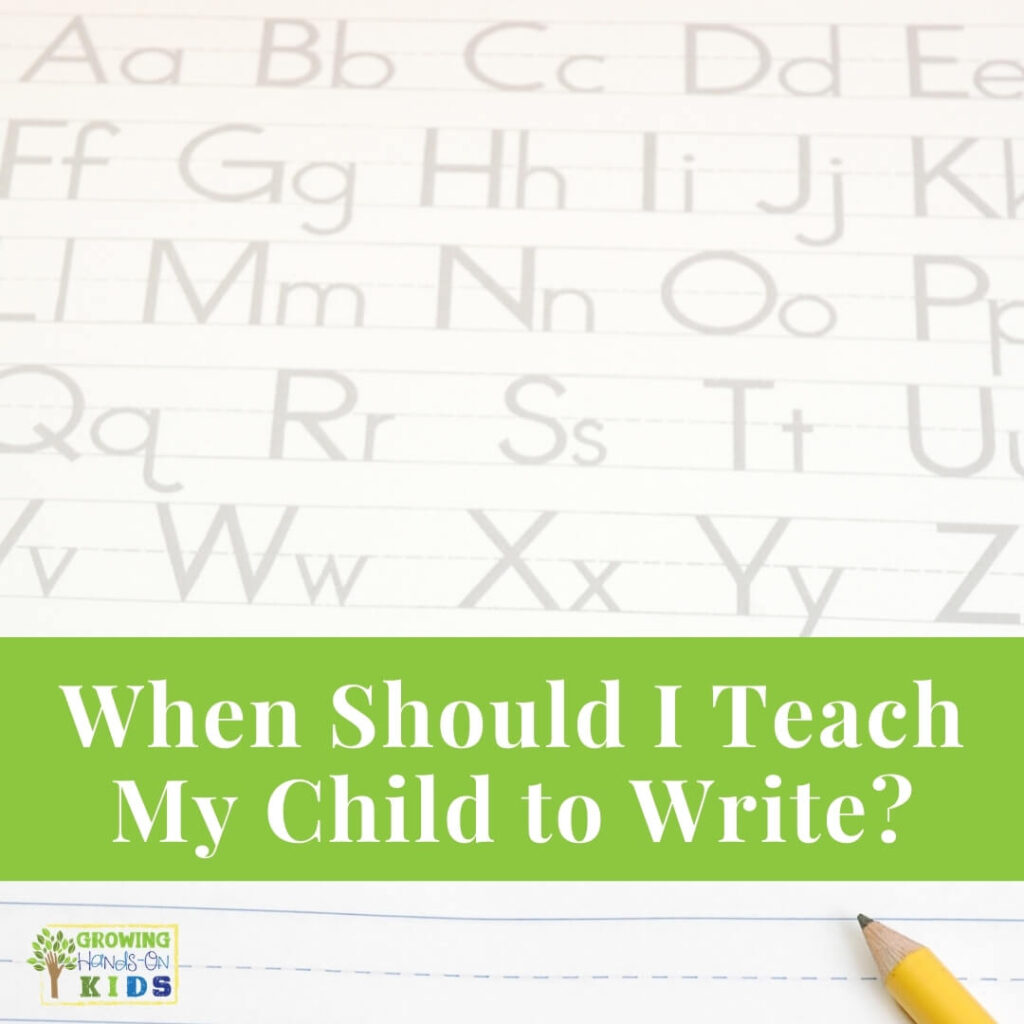Editing Checklist for Self- and Peer Editing


About this printout
This helpful tool will give your students the opportunity to edit their own writing and then observe as their peers edit the same work.
Teaching with this printout
More ideas to try, related resources.
Before you begin, be sure to model and discuss each step of the writing process (prewriting, drafting, revising, editing, and publishing), preferably using a whole-class story or class newsletter article. Please note that the revising stage precedes editing. Student should have already worked through content revisions before reaching the editing step. When they are ready for the editing stage of the writing process, students should edit their writing and then meet with a partner to engage in peer editing. Prior to having students use this tool independently, it is important to model its use. To do this, display sample text on an overhead projector, document camera, or SMART Board so that all students can view it. Model the use of the self-edit column with the displayed text, with you assuming the role of author. Then have a volunteer fill out the peer-edit column so that all students can hear and view the process. Finally, discuss what went well and what could be improved in the editing steps that were modeled. This tool serves multiple purposes, including:
- The self-edit step
encourages students to evaluate specific features of their writing, increasing self-awareness of writing conventions keeps the pen in the writer’s hand for the initial editing phase
- The peer-edit step
helps build a learning community in which peers work collaboratively heightens the awareness of various print and grammatical conventions for the peer editor and the author
- Use a fish-bowl technique to allow the class to view a self- and peer-edit session of two of their classmates. To do this, first choose one student to model the self-editing phase. It is helpful to select a student who has a good understanding of the criteria on the rubric, such as proper grammar and punctuation. That student works through the items in the self-edit column as the other students observe. It is helpful to put the editing checklist on an overhead projector or document camera so all students can see the process. After the self-edit is complete, discuss the process with the students. Next, choose another student to serve as the peer editor for the piece that was just self-edited. Have the two students sit in the middle of the class so that all students can see and hear them as they work through the peer-editing phase. Afterward, include the entire class in a discussion about the process itself and ways in which the editing session will help the author and peer editor improve on their writing.
- Have students work in groups of two or three to edit one piece of writing. The interaction between peers will help make the editing process more explicit. While the students are working in groups, move from group to group to check their understanding of the editing process and use of the checklist. Try to notice groups that lack comments in the “Comments and Suggestions” columns and encourage them to use this section to provide feedback to the writer, particularly for criteria that lack a check mark. To guide them, you could ask, “What do you think you could write in the ‘Comments’ section to help the writer fix this error?” Be sure to tell students that if they are unable to mark a check in the “After completing each step, place a check here” column, they must indicate the reason why they cannot check it in the “Comments and Suggestions” column.
- If your school uses a team approach for grouping students (a group of students who all share the same content area teachers), consider encouraging other team teachers to use this checklist in their respective content areas. Consistency in the editing process will help students understand that the editing process can apply to all written pieces, regardless of the content area.
- Strategy Guides
- Lesson Plans
This strategy guide explains the writing process and offers practical methods for applying it in your classroom to help students become proficient writers.
- Print this resource
Explore Resources by Grade
- Kindergarten K
This Reading Mama
Writing Printables

Hover over each image to see the title, then click the link icon to access the freebies.

>>Go back to the Free Printables Page <<
Want more free teaching resources.
Subscribe to my newsletter to get exclusive hands-on activities and printables delivered right to your inbox!


Visual Writing & Editing Checklist for Students
Affiliate and Referral links are used below to promote products I love and recommend. I receive a commission on any purchases made through these links. Please see my disclosure policy for more details. As an Amazon Associate, I earn from qualifying purchases.
Being able to self-check your written work is an important executive function skill for all students. I've created a new free download that gives your student a writing and editing checklist they can use at their desk or have hanging on the wall.

This writing and editing checklist is based on the CUPS editing checklist introduced in The Write Genre (2004) by Lori Jamison Rog and Paul Kropp.
When I was working with older writers, 2nd grade, and above I used a modified version of this checklist that I added to. Many of the children I was working with had difficulty keeping their letters on the line and spacing their words appropriately. So I added these two things to look for when editing their work.
Many children can benefit from visual reminders, not just written checklists. So I've included clip-art on these checklists to help give students a visual reminder that corresponds with what they are to check their work for.
Since each student is different, I've included a variety of checklists, some with color, others black and white, some with clip-art, and others without. Just pick which option you think would be best for your student to use.
There are also individual checklists that can be used at a child's desk as a reminder.
I've also included Google Slide versions that you can access in this PDF file. If you are working virtually with students, they can still benefit from a checklist during written work. You can also send a checklist to them to use at home.
Get Your Free Writing & Editing Checklist
Enter your email address in the box below and click the “click here” button. You will then be directed to a success page and a special offer I have just for you (this is optional).
Head to your email inbox and look for an email from Heather at Growing Hands-On Kids and your download will be in that email. Click the green button in that email to confirm and download your free printable.
Once you have downloaded it, head to your “downloads” folder or wherever you have downloads stored on your computer and open and print it. It does help to have Adobe Acrobat Reader installed and updated to the latest version for the best printable experience.
You'll receive weekly child development tips, tools, and strategies from me, as well as weekly Friday Freebie emails. You can unsubscribe from these at any time.
If you are a returning subscriber , thanks for coming back! Don't worry, you won't be subscribed twice. By entering your email again, it just lets my email provider know which printable to send you.
Need more resources for handwriting? Check out my resources below.

- When Should I Teach My Child to Write?
- Activities to Improve Letter Formations
- How to Fix Poor Spacing in Handwriting
- Activities for Fine Motor Skill Development

Heather Greutman, COTA
Heather Greutman is a Certified Occupational Therapy Assistant with experience in school-based OT services for preschool through high school. She uses her background to share child development tips, tools, and strategies for parents, educators, and therapists. She is the author of many ebooks including The Basics of Fine Motor Skills, and Basics of Pre-Writing Skills, and co-author of Sensory Processing Explained: A Handbook for Parents and Educators.
Leave a Reply
Your email address will not be published. Required fields are marked *
This site uses Akismet to reduce spam. Learn how your comment data is processed .
One Comment
CONTENT DISCLAIMER: Heather Greutman is a Certified Occupational Therapy Assistant. All information on the Website is for informational purposes only and is not a replacement for medical advice from a physician or your pediatrician. Please consult with a medical professional if you suspect any medical or developmental issues with your child. The information on the Websites does not replace the relationship between therapist and client in a one-on-one treatment session with an individualized treatment plan based on their professional evaluation. The information provided on the Website is provided “as is” without any representations or warranties, express or implied.
Do not rely on the information on the Website as an alternative to advice from your medical professional or healthcare provider. You should never delay seeking medical advice, disregard medical advice, or discontinue medical treatment as a result of any information provided on the Website. All medical information on the Website is for informational purposes only.
All activities outlined on the Website are designed for completion with adult supervision. Please use your own judgment with your child and do not provide objects that could pose a choking hazard to young children. Never leave a child unattended during these activities. Please be aware of and follow all age recommendations on all products used in these activities. Growing Hands-On Kids is not liable for any injury when replicating any of the activities found on this blog.
YOUR RESPONSIBILITY The Website was developed strictly for informational purposes. You understand and agree that you are fully responsible for your use of the information provided on the Website. Growing Hands-On Kids makes no representations, warranties, or guarantees. You understand that results may vary from person to person. Growing Hands-On Kids assumes no responsibility for errors or omissions that may appear on the Website.

IMAGES
COMMENTS
Used transition words. Used concrete words and phrases. Provided a conclusion to finalize the story. Used proper capitalization, verb usage, punctuation, spelling. Narrative writing Essay checklist. Introduced the story with an exciting beginning. Added dialogue and description to develop experiences and events.
Writing Checklist for Teachers. Explore writing checklists for kids created by teachers to help students review and self-assess their writing before finalizing it! This collection of printable checklists was created by the expert teachers on the Teach Starter team and includes curriculum-aligned lists to help students with proofreading, editing ...
Checklist for prewriting: Get initial ideas down on paper and start thinking about the organization of the writing. Create character lists and roles in the story. Cluster similar ideas by highlighting them using colored pens or highlighters. There are several strategies used for prewriting that we have outlined for you but the goal is the same ...
3-5 Editing Checklist. The 3-5 Editing Checklist includes: 1. I read my writing four times. Yes, I think reading aloud is STILL very helpful for 3-5 learners!! There’s nothing magical about four times. It could be five times. The idea is for learners to use their listening comprehension to check for understanding.
It is helpful to put the editing checklist on an overhead projector or document camera so all students can see the process. After the self-edit is complete, discuss the process with the students. Next, choose another student to serve as the peer editor for the piece that was just self-edited. Have the two students sit in the middle of the class ...
Free Editing Checklists for K-5 Learners. Printable Writing Paper for Kids. Free Punctuation Clip Cards. How do you Engage K-2 Writers? Moving from Drawing to Writing.
Clear Writing Checklist Use the following checklist to create clear, organized, and . effective documents. In Your Document. Identify a purpose and stick to it. Write for audience and purpose (and not for yourself or the topic). Organize content to meet your readers’ needs. Select and focus on a limited number of key points (ideally 3 to 5).
College admissions essay checklist 0 / 12. I’ve organized my essay prompts and created an essay writing schedule. I’ve done a comprehensive brainstorm for essay topics. I’ve selected a topic that’s meaningful to me and reveals something different from the rest of my application. I’ve created an outline to guide my structure.
I've created a new free download that gives your student a writing and editing checklist they can use at their desk or have hanging on the wall. This writing and editing checklist is based on the CUPS editing checklist introduced in The Write Genre (2004) by Lori Jamison Rog and Paul Kropp. When I was working with older writers, 2nd grade, and ...
The checklist has students reviewing their final copy for: capital letters. finger spaces. punctuation. using the word wall for correct spelling. sounding out new words. neatest handwriting. rereading the text to ensure it makes sense. This resource also works well when used in a writing center to remind your students of their editing process.